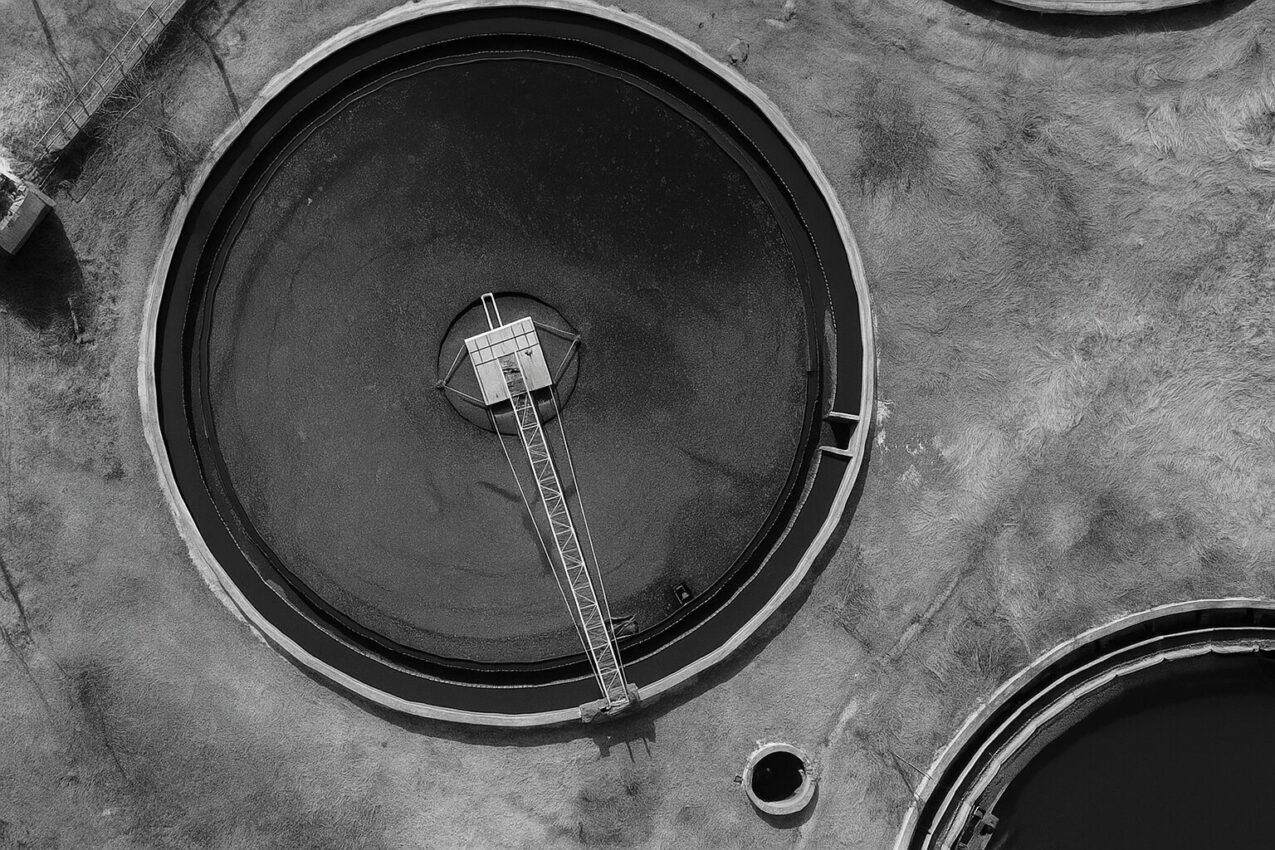Texas Governor Opens $22.5 Billion Water Fund For Wastewater Developers

Senate Bill 7 hit Governor Abbott’s desk on June 1, 2025, carrying the framework for Texas’s largest water infrastructure investment ever—$22.5 billion over the next 20 years. Combined with House Joint Resolution 7 and House Bill 500, this package creates unprecedented opportunities for developers who understand water infrastructure. If you’re developing residential or commercial projects in Texas, this bill could transform your water and wastewater systems from cost centers into funded assets.
The Numbers That Matter to Your Bottom Line
Traditional wastewater infrastructure costs developers 5-10% of total project expenses. With state funding, those costs can drop dramatically while adding marketable sustainability features. Consider: properties with water reuse systems command premium prices in drought-prone Texas markets.
Texas needs $154 billion in water infrastructure by 2050. The state expects 51.5 million residents by 2070—nearly double today’s population. Every new development needs water, and the old model of simply connecting to city systems isn’t sustainable. Developers who build water-smart communities today position themselves as industry leaders tomorrow.
What’s Actually in This Package
The funding comes in three parts. First, HJR 7 creates a constitutional amendment dedicating $1 billion annually from sales and use taxes to water projects—that’s $20 billion through 2047. Second, HB 500 immediately allocates $2.5 billion to jumpstart projects while waiting for voters to approve the amendment in November 2025. Third, Senate Bill 7 creates the administrative framework, establishing how TWDB will distribute funds and which projects qualify.
The Legislature split funding 50-50 between infrastructure repairs and new water supply development after months of debate. Senator Charles Perry originally pushed for 80% toward new supplies, while House members wanted more for fixing leaks. The compromise means whether you need to replace century-old pipes or build a desalination plant, funding exists for both.
What Projects Qualify
Senate Bill 7 specifically authorizes funding for:
Desalination project;: Both seawater and brackish groundwater
- Produced water treatment: Converting oilfield wastewater to municipal supply
- Aquifer Storage and Recovery: Banking water underground during wet years
- Reservoirs: Only those with federal 404 permits and state water rights already secured
- Water transportation infrastructure: Pipelines and conveyance systems connecting supplies to users
Important restriction: You cannot use these funds to transport groundwater with less than 3,000 mg/L total dissolved solids. This prevents raiding existing clean aquifers—the money must create new water supplies.
How Developers Can Access Funding
Here’s the key: The Texas Water Fund isn’t just for cities. Political subdivisions including special districts qualify for funding. Savvy developers are structuring their projects to access these funds through eligible entities, turning required wastewater infrastructure into subsidized sustainability features.
TWDB manages distribution through multiple programs with different benefits:
- Rural projects under 10,000 population can access 100% loan forgiveness
- Projects under 150,000 population get priority consideration
- Water reuse systems qualify as “new water supply” projects
- Low-interest loans beat private financing rates substantially
The process requires working through an eligible political subdivision. You’ll need comprehensive engineering reports, environmental assessments, and designs that emphasize water conservation and reuse. Projects that reduce potable water demand through recycling score particularly well.
Critical Timeline
Assuming Governor Abbott signs SB 7 (highly likely given unanimous legislative support):
- Summer 2025: TWDB publishes detailed program rules
- October 2025: First application round opens
- November 2025: Voters decide on constitutional amendment
- January 1, 2026: If approved, annual funding begins
- 2047: Funding expires unless renewed
Communities applying in the first round historically receive 40% more funding than later applicants. Early preparation pays off substantially.
New Coordination Office
SB 7 creates the Office of Water Supply Conveyance Coordination within TWDB. This office will develop Texas’s “water tree”—an interconnected pipeline network moving water from surplus areas to deficit regions. They’ll standardize pipe specifications, ensure different systems can interconnect, and plan excess capacity for future growth.
Think of it as building highways for water. Just as TxDOT ensures roads connect between cities, this office ensures water systems can share resources during droughts or emergencies.
Strategic Opportunities for Development Projects
Forward-thinking developers are redesigning projects to maximize funding eligibility. Instead of viewing wastewater treatment as a necessary evil, consider it a potential revenue center. Projects incorporating water reuse—irrigation systems, purple pipe networks, or industrial reuse—qualify as creating “new water supplies” under SB 7.
The financial math changes dramatically with state funding:
- Replace expensive private financing with low-interest state loans
- Reduce carrying costs during development
- Market “sustainable water district” features to buyers
- Create long-term value through water independence
Timing matters. Developments that establish eligible structures early in the planning process can modify their TCEQ applications to emphasize reuse components. The key is positioning your project as a water supply solution, not just another subdivision needing services.
Transform Your Infrastructure Costs into Funded Assets
At Modern Engineering Solutions, we’ve helped developers across Texas and Colorado navigate complex water infrastructure challenges. We understand both the engineering and the funding landscape—including creative approaches to accessing state funds for private development projects.
Our team specializes in designing water reuse systems that qualify for funding while meeting TCEQ requirements. We’ll help position your project to maximize state funding opportunities, whether you’re planning a master-planned community or commercial development.
Contact us at mod-eng.com or email Mike@mod-eng.com to explore how your next project can benefit from this historic funding opportunity. We’ll show you how to turn mandatory infrastructure into competitive advantage.
